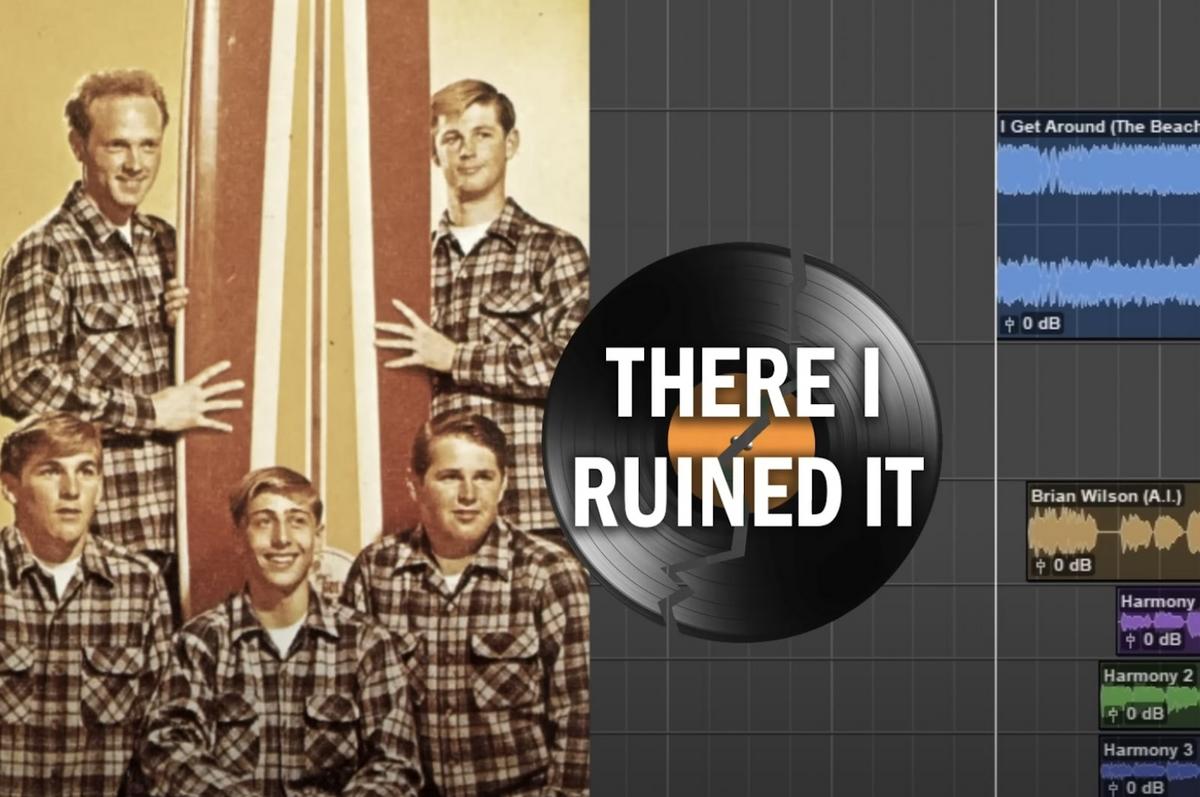The Art of Mashup: An Interview with Dustin Ballard of There I Ruined It
In the world of music, there are those who create and those who destroy. Well, sort of. Meet Dustin Ballard, the mastermind behind the YouTube channel There I Ruined It, where he takes familiar songs and mashes them up in unexpected ways. We caught up with him to talk about his creative process, the challenges of using AI technology, and his favorite mashups.
Selecting the Perfect Mashup
Ballard starts by choosing well-known songs, often with a familiar melody or lyrics. He believes that the more familiar a listener is with the original song, the stronger the dissonance when they hear it remixed. This contrast is what makes his mashups so fascinating and unhinged.
The Influence of Being a Musician
As a musician himself, Ballard has an intimate understanding of music theory and melody. He uses this knowledge to change melodies to fit new chord structures, often playing the instruments himself and singing the harmonies. Even when using AI technology to create new vocals, Ballard ensures that the inflection, intonation, and impersonation are authentic.
Using AI Technology
Ballard is aware of the concerns surrounding AI-generated content, particularly when it comes to replicating famous voices. He believes that his use of AI is similar to Photoshop, where altering a celebrity’s image is acceptable when done in the context of parody. His AI-generated vocals are clearly labeled as such, and he ensures that they are not misleading.
The Rise to Fame
Ballard never expected his project to reach the level of popularity it has. He started creating mashups during the pandemic as a creative outlet and was surprised by the response. Today, he has millions of followers on TikTok and Instagram.
A Favorite Mashup
Ballard’s favorite mashup is "What Red Hot Chili Peppers Sound Like to People Who Don’t Like Red Hot Chili Peppers." He enjoyed writing original lyrics for this track and the way the voice, music, harmonies, and video editing all came together to create a convincing and humorous commentary on Anthony Kiedis’s unique writing style.
Honorable Mentions
Some of Ballard’s other notable mashups include:
- "Lose Yourself" x Mario Bros
- "Bodies (Drowning Pool)" — Kids’ Edition
- Nickelback x Ray Charles ("Hit the Road Nickelback")
- Johnny Cash Sings "Barbie Girl"
- Hank Williams Sings "Straight Outta Compton"
Conclusion
There I Ruined It is more than just a YouTube channel; it’s an art form that challenges our perceptions of music and creativity. Ballard’s unique blend of humor, music theory, and AI technology has captivated millions, and we can’t wait to see what he comes up with next.
FAQs
Q: How do you select the songs you use for the videos?
A: I start with well-known songs, often with a familiar melody or lyrics. The more familiar a listener is with the original song, the stronger the dissonance when they hear it remixed.
Q: Are there certain criteria for selecting songs?
A: Yes, I look for songs that have a strong melody or lyrics that can be adapted to fit a new genre or style.
Q: How does your background as a musician influence your mashups?
A: As a musician, I have a deep understanding of music theory and melody. This allows me to change melodies to fit new chord structures and create harmonies that are authentic and convincing.
Q: What do you think about the rise of AI in songwriting?
A: I believe that AI-generated content has its place, but it’s essential to use it responsibly and clearly label it as such. In my opinion, there are very limited situations where it is moral to replicate someone’s voice with AI.
Q: Did you ever expect your project to reach the level of popularity it has?
A: No, I never imagined it would take off in such a way. It’s been a great creative outlet, and I’m grateful for the response.
Q: What’s your favorite mashup you’ve ever done?
A: "What Red Hot Chili Peppers Sound Like to People Who Don’t Like Red Hot Chili Peppers." I enjoyed writing original lyrics for this track and the way the voice, music, harmonies, and video editing all came together to create a convincing and humorous commentary on Anthony Kiedis’s unique writing style.






